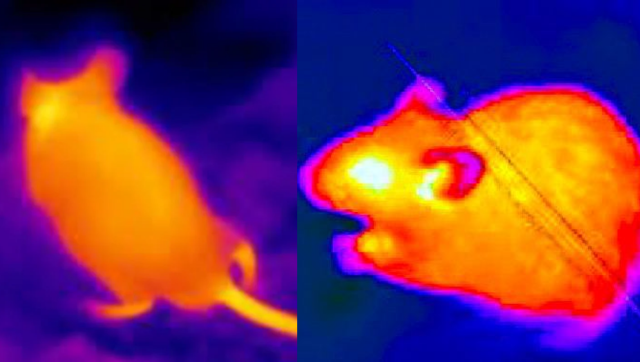Hong Kong authorities have embraced cutting-edge surveillance methods to monitor rodent activity, a shift away from the traditional use of sweet potatoes as bait. Officials announced Tuesday the deployment of thermal cameras and artificial intelligence (AI) technology to provide more precise assessments of the city’s rodent problem. Lee Ming-wai, the pest control officer overseeing the initiative at the Food and Environmental Hygiene Department, emphasised the limitations of the previous approach, stating, “In the past, we could only observe rodent distribution patterns and determine their presence by inspecting sweet potatoes.” He noted that this method failed to accurately gauge the severity of infestations in specific areas. The new system employs thermal cameras equipped with AI capabilities to detect rodents in captured images. Instead of relying on the ratio of gnawed sweet potatoes to assess infestation rates, authorities will now measure the rodent absence rate based on thermal images that do not reveal the presence of pests. Two thermal cameras, mounted on poles measuring two meters (6.5 feet), capture images every two minutes from 7 pm to 7 am over three consecutive nights at designated locations. By tallying the number of images devoid of rodents among all captures, officials calculate a rodent absence rate for each surveyed area. Warner Cheuk Wing-hing, deputy chief secretary, previously acknowledged the limitations of the sweet potato bait method in accurately determining rodent infestation rates. Stella Cheung Lai-han, a statistician from the department, emphasised the accuracy of assessing the absence of rodents in reflecting the extent of rat populations. Tommy Lam Tsan-yuk, an associate professor at the University of Hong Kong’s School of Public Health, highlighted the new technology’s ability to record rodent numbers and movements across different locations and time periods. The department plans to identify 200 to 300 surveillance spots in each of the 19 managed areas, selecting 100 locations for each survey round conducted every six months. Site selection criteria include live rodent captures, carcass collections, and received complaints, with the list regularly updated. Wilson Ng Kwok-lun, a senior superintendent overseeing cleansing and pest control, outlined potential targeted interventions based on the new data. These measures include deploying pest control teams during peak rodent activity at night and distributing poisonous baits during daylight hours. The Wan Chai, Central and Western, and Eastern districts have already implemented the new surveillance approach, with statistics expected to be released as early as next month. The department aims to conduct the first citywide rodent absence rate survey and announce the findings within the first half of the year.
Hong Kong employs AI, thermal cameras to combat city's rat problem
FP Staff
• February 7, 2024, 13:21:59 IST
The department plans to identify 200 to 300 surveillance spots in each of the 19 managed areas, selecting 100 locations for each survey round conducted every six months
Advertisement
)
End of Article